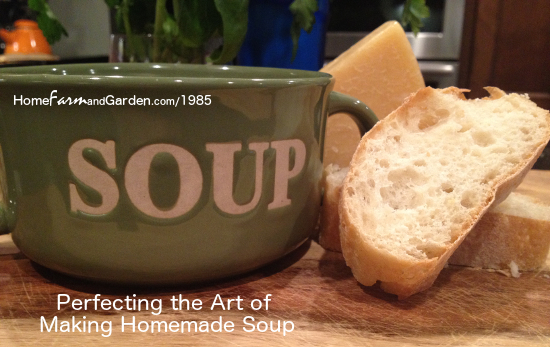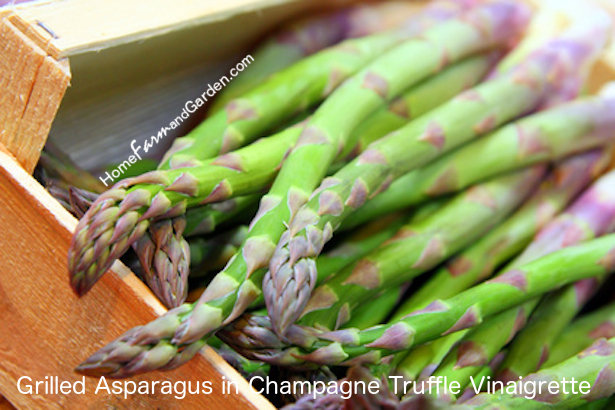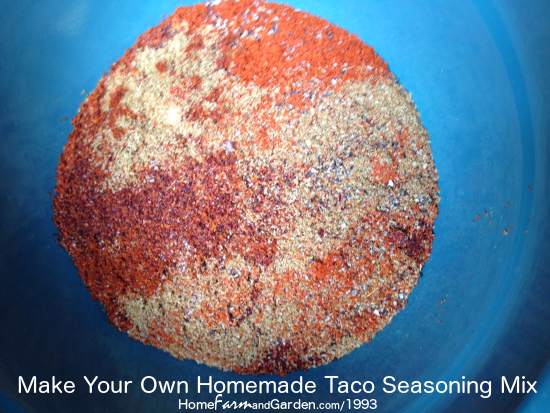There’s a reason I’m a much better cook than I am a baker: Cooking is an art, Baking is a science.
Cooking allows you to be creative and is much more forgiving of the occasional misstep in measurement. Baking, on the other hand, demands perfection. All that sifting and leveling… meh, who has the patience for that?? 🙂
 However, as much as I love to cook – updating this site can be a real challenge at times. Hands down, the hardest part is it forces me to write down my recipes. Which wouldn’t be a problem… except I don’t normally use recipes. I hate to commit to specific measurements and ingredients. I like to use whatever I happen to have on hand, then tweak and adjust until it tastes good.
However, as much as I love to cook – updating this site can be a real challenge at times. Hands down, the hardest part is it forces me to write down my recipes. Which wouldn’t be a problem… except I don’t normally use recipes. I hate to commit to specific measurements and ingredients. I like to use whatever I happen to have on hand, then tweak and adjust until it tastes good.
Which is why I LOVE making homemade soup! It almost NEVER turns out exactly the same way twice – but is always consistently delicious!
Here are 2 main “secrets” to making fantastic homemade soup:
- Use homemade stock
- “Layer” your flavors
How to Make Homemade Chicken Stock
Have some slightly past their prime vegetables you need to use up? No problem – wash, chop and toss into a big stockpot with a leftover roast chicken or turkey carcass. Fill with water and add some seasonings, such as salt, pepper, and dried herbs. Celery, carrots, onion and garlic cloves are perfect for this.
Simmer for a few hours over low heat until all the meat has separated from the bones. Then, separate the contents of the stockpot by draining through a colander placed on top of another large pot. The clear liquid will drain through, leaving the vegetables, chicken skin and bones, and any remaining meat in the colander.
Pick out the chunks of meat and discard the rest, including the vegetables. Place the broth in the refrigerator for several hours to overnight, then skim the fat off the top and discard. Use immediately or freeze.
You now have the basis for any clear broth soup you want to make.
Do this whenever you have roast chicken for dinner, then freeze the broth for later use. It costs less and tastes better than the stuff you buy in the store. (And you can control what goes in it!)
Plus, by picking out the leftover chicken chunks after the stock is done simmering – you are halfway to a fantastic homemade chicken noodle or dumpling soup – with nearly no meat wasted.
“Layer” Your Flavors
You’re probably already doing this, maybe without realizing it. After all, making soup is really just a layering process of adding different ingredients in stages so they all reach the desired level of “doneness” at the same time.
Many soups start with a mirepoix, which is a mixture of finely chopped onions, carrots and celery used to add flavor and aroma to a dish. Generally, this mixture is sautéed in either butter or olive oil to soften and release its flavor.
However, you could add another “layer” of flavor to your soup by first cooking a couple strips of bacon or ounces of pancetta in your soup pot, then sautéing the mirepoix in some of the leftover grease from the meat.
Another great way to add another dimension to the flavor profile is to toss in the rind from a wedge of hard Parmesan cheese while the soup is simmering. (Be sure to fish it out before serving). As it simmers, a subtle salty/cheese flavor will infuse into the rest of your ingredients.
Adding fresh bay leaves or sprigs of rosemary that you remove at the end is yet another way to enrich the flavor of your soups. Little details like this make all the difference as each layer results in a more complex, satisfying dish that tastes even better the next day. (And light years beyond anything you could ever find in a can). 🙂
Over the next several days, I’ll share a couple of my favorite homemade soup recipes where you’ll see this flavor layering in action. If you want to make sure you don’t miss them, sign up below!
 Finding Room to Grow More Fruits & Veggies
Finding Room to Grow More Fruits & Veggies